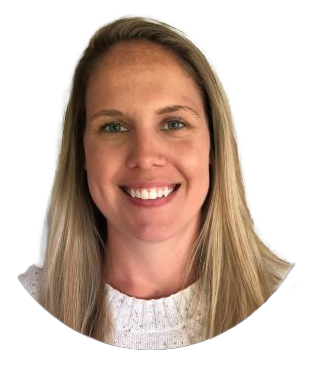Special interview: Haya Majbour and Lauren Draper discuss functional specs
Posted on Friday, August 30th, 2024

Algonquin College is working closely with Thesis to develop a cloud-based Student Information System (SIS) that is tailor-made for our community. Part of this collaboration involves creating dozens of highly detailed functional specifications—or specs, for short—that will improve the College’s business processes and elevate the experience of both learners and employees.
Igor Coelho A. S. Marques talked with Haya Majbour, Business Analyst, and Lauren Draper, Project Manager, Business Transformation, to learn more about their work, including a recent push to deliver over 90 functional specs to Thesis.
Here’s some of their conversation:
 |
Igor Coelho A. S. Marques
I gather that functional specs are standard in software development projects. Is there something unique about specs in the R3 Project? |
 |
Haya Majbour
Our functional specs are roadmaps that explain, step by step, all the functions we need to implement in Thesis SM. One thing that’s interesting about our specs is their focus on automation.
We’ve consulted with working groups, subject-matter experts, and our counterparts at Thesis to understand the College’s processes, the goals of users, and the system’s capabilities. This has helped us determine all that Thesis SM should do automatically and use learner-driven approaches to the College’s business processes.
What we’re doing with the specs is more than just changing the SIS—this is a business transformation project. |
 |
I . Marques
Wide-ranging impact, for sure. I imagine these specs must be some really big PDF files. |
 |
H. Majbour
Well, they can be big and complicated. But they’re not PDFs: the functional specification itself is a Word document that we submit to Thesis with a “complete state,” that is, all the steps and requirements in a process from beginning to end. We also bundle the spec with a Visio map that diagrams the whole process. |
 |
I . Marques
Got it. Do you have an idea how many functional specs your team will have created when Thesis SM goes live? |
 |
Lauren Draper
By the time we complete all the business processes and all the work associated with that, our team will have created 106 functional specs and their respective business process maps. |
“[This] is more than just changing the SIS—this is a business transformation project.”
 |
I . Marques
Considering all it takes to create a single spec, 106 seems like a lot of work. But wait… didn’t your team deliver something like 90-plus specs to Thesis a few months ago? |
 |
L. Draper
Yes, we had an important deadline in April 2024 that required our team to complete the bulk of the project’s functional specs. It was a lot of work because some of the system’s functionalities had been unavailable to us up until that time, but our team members were resilient and came together to support each other in a fantastic way.
One of my favourite things about our team is how much they genuinely care about Algonquin College, the success of the R3 Project, and creating a positive experience for learners when they interact with the new SIS. |
 |
H. Majbour
It’s also important to mention that we didn’t write those specs overnight. Our team did a lot to prepare prior to April so that when those functionalities became available, we could focus on finishing the documents we needed to deliver. |
 |
I . Marques
Do you have a favourite spec from this batch? |
 |
H. Majbour
Personally, I’m proud of the work we did with the functional specs that laid out Pre-enrolment and Re-enrolment. They were challenging to develop because they’re new concepts at the College—we really had to think outside the box to build flows that satisfy the requirements of different academic areas and student categories. |
 |
L. Draper
Yes, the Pre- and Re-enrolment specs are some of the most complex specs our team has created, but they’re also some of the most transformative ones because they’ll be extremely beneficial for learners. It’s really exciting. |
“One of my favourite things about our team is how much they care about Algonquin College[.]”
 |
I . Marques
I agree. Student Registration is great news for the College and a topic that has attracted a lot of people to our Showcase Events. Good luck with the remaining functional specs! |
*
If you enjoyed this conversation, you can read an interview we did with Michael Kahil, a data migration specialist in the R3 Project. If you’d like to learn more about the R3 Project, check out our FAQ, send us a message, and sign up for the next R3 Showcase Event!
Comments



